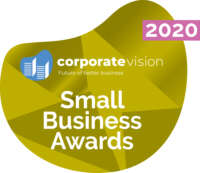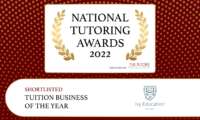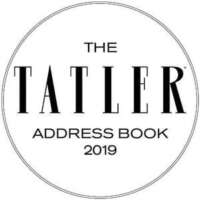Expert Insights
Applying for university in the US? Read our guide to early applications!
Published 24th October 2019

For all the tribulations of the UCAS form (and we covered those in our last blog), at least you know where you stand in respect to when to apply: complete the form and bung it in by 15 January. Granted, things are slightly different if you’re applying for Oxbridge, medicine, veterinary science or dentistry (in which case you’ve already applied, so fingers crossed!), but on the whole it’s pretty straightforward.
Things get much more complicated if you are hoping to apply for university in the US. The appeal is obvious - fraternities and sororities, big glitzy campuses, New England in the ‘fall’ - the route to get there less so. Alongside the ‘regular’ applications in March it is possible to submit an ‘early’ application in October/November - but even within these early applications there are different options with different consequences.
We chatted with Oya Christie-Miller - our expert on US higher education and a Universities Consultant - to seek some clarity on when to apply for US university.
A note of reassurance and some initial thoughts
To begin with, it’s important not to get too anxious about the issue of an early application. If it all seems too stressful or confusing, then simply don’t worry about it. Although early applications can be an important consideration, they aren’t fundamental and the majority of students Oya works with get a place at their chosen university after applying by the regular deadline.
Another consideration to be aware of straight from the get-go is that if you have your heart set on a specific American university then you need to pay attention to what options they offer when you are applying. Not all universities will offer all of the different options, while even if they give you the same options they might have different deadlines. So do your research about the universities you want to apply to and plan accordingly.
The different types of early applications
The most crucial consideration is to know what you’re getting in for, which means understanding the different types of early decision that there are. Again, you’ll be able to check on the website of your chosen universities to see which type(s) they offer.
1. Early Decision
The most limiting of the options, if you apply through early decision you make a binding choice to definitely attend that university if your application is successful. It’s essentially a contract with the university you’re applying to; if they give you an offer, they expect you to show up.
Why would you enter into such a firm commitment? Well, this is a really great option if you are focused on going to one of the schools that offers this possibility, as it guarantees you a place nice and early. Furthermore, the admission rates are higher than for regular applications, so you improve your chances of getting in overall. Some really great schools offer this option, Columbia and Tufts to give two examples, so it is worth considering if you’re applying to any of them.
2. Early Action
In contrast, an application by early action does not entail any commitment to attend a particular school you’ve applied for. With these applications you apply early and receive early offers, but get to choose where you eventually end up.
If you’re after peace of mind and want to have a number of options on the table early, then this is a great option. You’ll know what offers you have in the bag before the majority of applicants and you can focus on making the most of your last school year.
Additionally, if you’re not so decided on one specific university to apply for then this gives you the flexibility to apply for as many universities as you like using this process.
The drawback to early action is that not many top universities offer it. If you’re looking at Ivy League institutions or other elite universities, it’s unlikely this will be the route you go down.
3. Restrictive Early Action
Instead, if you’re targeting an early application to Yale or Harvard and the like, restrictive early action is the option you might need to take. Just as with early action, you’ll apply early and hear back early, giving you the security of knowing where you stand without needing to make a firm commitment to attend (as with early decision).
However, there is a catch. With restrictve action you cannot apply to any other US private schools, only state ones. So by getting that early response, you do limit your choices.
Early decision and Oxbridge?
One final point needs to be made for those students who have applied to Oxbridge and are considering also applying to US universities. If you have applied to Oxbridge, be wary of going down the route of early decision for your US application.
Firstly it puts Oxford off, as it messes with their decision-making process in late December and early January. Secondly, if you receive an early decision offer and then go to Oxford instead, there can be future consequences of breaking the contractual decision you made when applying via early decision. You might find yourself blacklisted from ever undertaking postgraduate study in the US! So we advise not doing early application if you’ve also applied for Oxbridge.
Making sense of it all
As you can tell from the above summary, it can be a complicated decision deciding how exactly to time your applications. A lot of it will come down to your chosen universities. Not all universities offer early access, and those that do won’t offer the same type.
Beyond that, be clear on what you are compromising on with each of the different potential choices, and be comfortable with any sacrifices you have to make. If you are uncertain on what exactly it is you need, then maybe stick with the regular application deadline.
Or, this is where the expertise of our consultants can come in, as they can guide you towards the options that best suit your profile and ambitions. Oya would be more than happy to discuss your application with you, so please do get in touch with us to arrange that session.
Hopefully this has been a useful overview of early deadlines, and best of luck with your applications!










